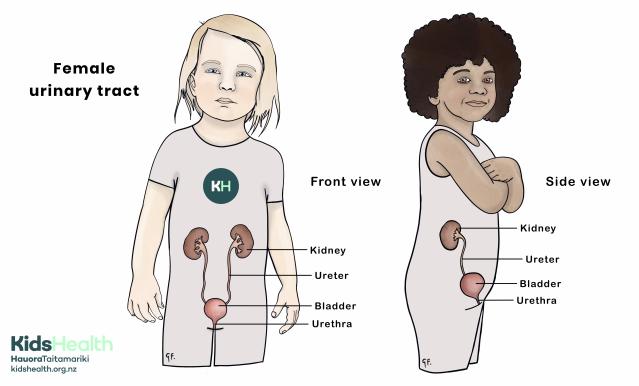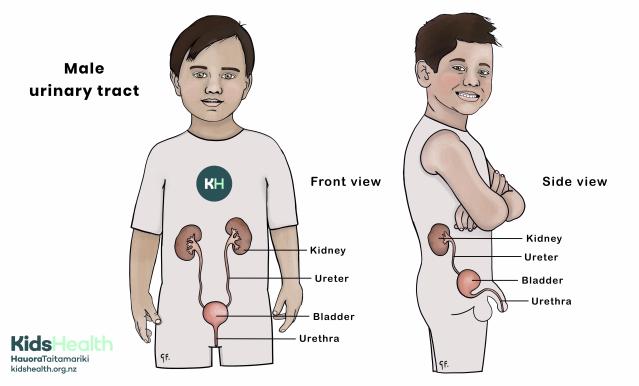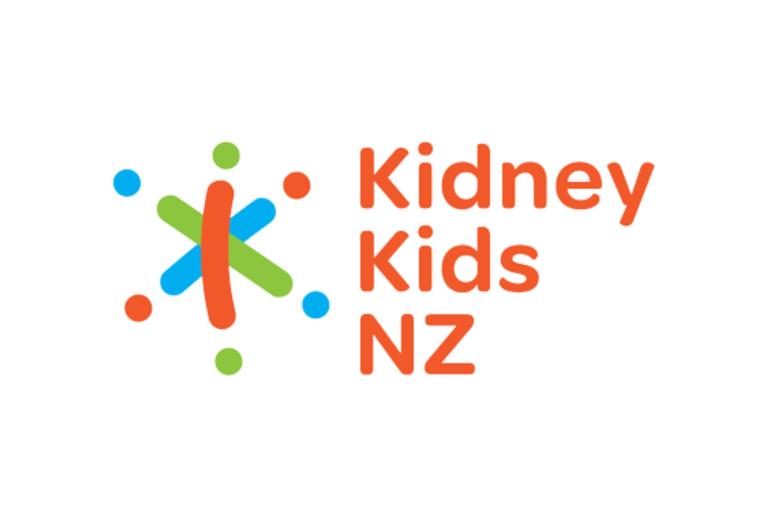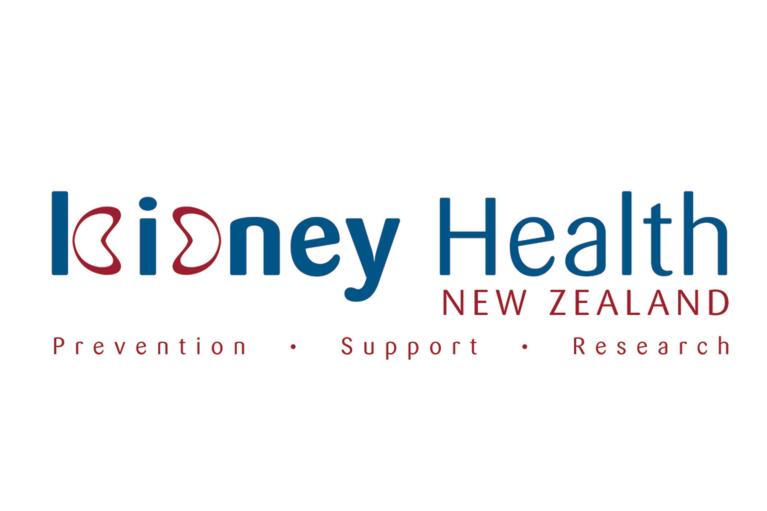What is a nuclear medicine kidney scan?
There are 2 types of nuclear medicine kidney scans. Both involve radiographers injecting a weak radioactive solution into your child called a radioisotope. They will then take photos of your child’s kidneys using a special camera.
The 2 radioisotopes are called DMSA and DTPA.
The pictures will give your child's health professionals information about:
- any problems in your child's kidney
- how the kidneys drain over time
- how much of the overall work each kidney is doing
This scan takes place in your hospital's nuclear medicine department.
How the urinary tract works
The urinary tract is the kidneys, ureters, bladder, and urethra.
The kidneys filter and remove waste and water from the blood to produce urine. The urine travels from the kidneys down 2 narrow tubes called the ureters. The urine is then stored in the bladder.
When your child does a wee, urine flows out of the body through the urethra, a tube at the bottom of the bladder. The opening of the urethra is at the end of the penis in boys and in front of the vagina in girls.

An illustration showing the front and side view of the female urinary tract.
Source: KidsHealth
transcribeTranscript
The illustration shows the front view and side view of the female urinary tract.
The illustration's main label is: Female urinary tract
The left side of the illustration has the label: Front view
- Inside her body, there are 2 kidneys.
- Thin tubes called ureters run from each kidney down to the bladder.
- A short tube called the urethra leads from the bladder to the outside.
The right side of the picture has the label: Side view
- In this side view, inside her body, you can see 1 kidney.
- The ureter goes down from the kidney to the bladder.
- he urethra goes from the bladder to outside the body.
Labels point to these parts on both views:
- Kidney
- Ureter
- Bladder
- Urethra
At the bottom left is the KidsHealth logo with the website: kidshealth.org.nz.

An illustration showing the front and side view of the male urinary tract.
Source: KidsHealth
transcribeTranscript
The illustration shows the front view and side view of the male urinary tract.
The illustration's main label is: Male urinary tract
The left side of the illustration has the label: Front view
- Inside the young boy's body, there are 2 kidneys.
- Thin tubes called ureters run from each kidney down to the bladder.
- A short tube called the urethra leads from the bladder to the outside.
The right side of the picture has the label: Side view
- In this side view, inside his body, you can see 1 kidney.
- The ureter goes down from the kidney to the bladder.
- The urethra goes from the bladder, through the penis, to outside the body.
Labels point to these parts on both views:
- Kidney
- Ureter
- Bladder
- Urethra
At the bottom left is the KidsHealth logo with the website: kidshealth.org.nz.
Why is my child having a nuclear medicine kidney scan?
The reason for the scan will depend on your child's history, examination and results from other scans and x-rays. The health professional will decide which scan will provide the most useful information to guide your child's care.
What happens during a nuclear medicine kidney scan
Your child will have an IV line
A health professional will insert an IV line into your child's vein and inject the solution.
After the injection, the solution can take some time to travel around the bloodstream to the kidneys - your child can play and relax during this period
If it's your baby having the scan, you can feed and carry them as normal
A special camera takes pictures
After a couple of hours, a special camera takes pictures. The pictures show the progress of the solution through the kidneys and with the DTPA scan, down to the bladder
The pictures take about 20 to 30 minutes and your child may need to lie still for that time. Younger tamariki (children) may need to have some medicine (sedation) to help them stay calm and still
How does it feel having a nuclear medicine kidney scan?
The insertion of the IV line can be uncomfortable. Local anaesthetic cream put on the skin over where the IV line will go in, can help. Apart from this, the rest of the procedure will cause no discomfort.
Preparing your child for a nuclear medicine kidney scan
Bring comforters or any toys that will reassure your child
A dummy or pacifier for pēpi (babies), if they normally suck on one, can be very soothing.
See some other suggestions for helping your child manage their treatment or procedure.
Helping Your Child Manage Their Treatment
Play specialists can help
Many hospitals have play specialists. Their job it is to help explain these tests to your child. Play specialists use play to show your child what is going to happen and ways to help them cope.
You can stay with your child
You will be able to stay with your child for the test. Your presence can help reassure your child.
Pregnant mothers cannot stay during the test, and in this case fathers or someone else familiar to your child can be there.
After effects from a nuclear medicine kidney scan
Radiation in general is a risk. But, the amount of radioisotope in the solution is based on your child's height and weight, and is so small that it poses no great risk.
The amount of radioisotope in the solution is the smallest amount possible to get the best pictures.
Results of a nuclear medicine kidney scan
The nuclear medicine specialist will review the pictures and send a written report to your health professional who will discuss the results with you. This usually takes several days.
More information on kidney conditions
Kidney Kids NZ is a not-for-profit organisation dedicated to supporting children and young people in New Zealand affected by kidney disease or urinary tract conditions. They provide free emotional and practical support, educational resources, advocacy, community building through events and camps, and connections for both the children and their whānau.
The Kidney Health New Zealand website has information for whānau and health professionals on common kidney conditions in childhood.
Acknowledgements
Illustrations by Dr Greta File. Property of KidsHealth.


